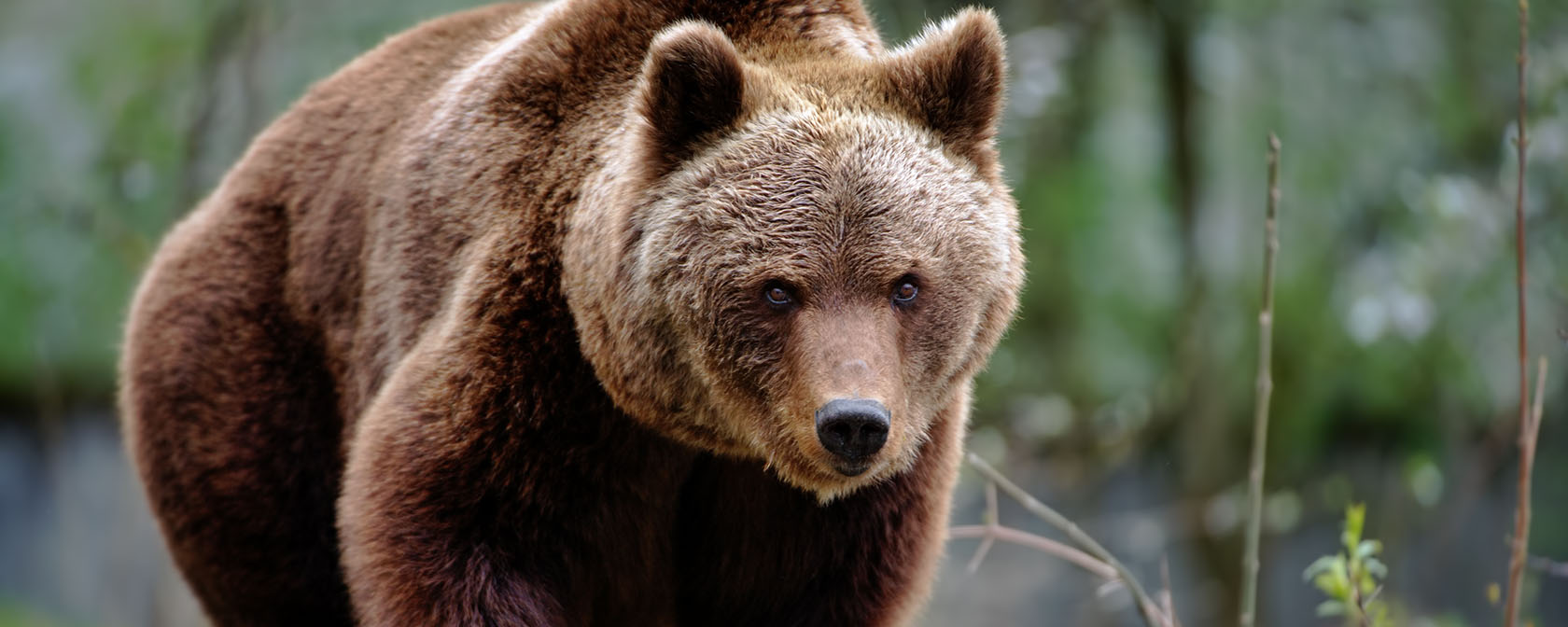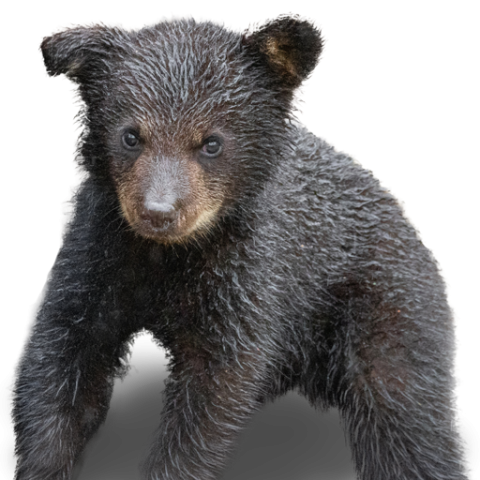By Kitty Block and Sara Amundson
Most Americans value grizzly bears and want them federally protected, a 2025 survey shows. Across the U.S., 85% of Americans support maintaining safeguards for grizzly bears under the Endangered Species Act. Conservatives, rural residents, hunters and ranchers support maintaining endangered species protections by supermajorities: the rural residents of Idaho, Montana and Wyoming by 78%, conservative Americans by 81%, hunters by 82%, and farmers/ranchers by 81%.
With so much favor, some even consider the grizzly the Great American Bear. And yet, the clear meaning of the survey results—which were published earlier this year by Dr. John Vucetich, distinguished professor at Michigan Technological University, and Dr. Jeremy Bruskotter, professor at Ohio State University—are directly undermined by the harmful actions some lawmakers have taken in regard to grizzlies. They are determined to strip federal protections from grizzly bears and hand off their management to states like Idaho and Wyoming, which have terrible track records when it comes to coexistence. In advancing these reckless policies, elected officials are ignoring the explicit will of substantial majorities who want grizzly bears protected.
There are several looming threats to grizzly bears at this moment, and this is a good time for all of us to speak out in support of protecting these animals:
In July, the House Natural Resources Committee greenlit the Grizzly Bear State Management Act (H.R. 281) for a full House vote in the future. This bill, and its Senate counterpart, would direct the U.S. Fish and Wildlife Service to delist the Greater Yellowstone Ecosystem grizzly bear and also block judicial review of this action, a move that would strip Americans of their right to hold that decision accountable in federal courts. We’re also fighting to overcome an attempt to delist grizzlies in the Greater Yellowstone Ecosystem through a policy rider in the FY26 House Interior bill (H.R. 4754).
Under the last administration, the U.S. Fish and Wildlife Service had proposed a rule maintaining Endangered Species Act protections for grizzly bears living in the Greater Yellowstone and Northern Continental Divide ecosystems. However, it also proposed granting ranchers and state and federal agents increased flexibility to kill grizzly bears—and the finalization of this rule could mean even more bear deaths.
The current U.S. Fish and Wildlife Service director has reportedly indicated that transferring management of grizzly bears from the federal agency over to individual states is a priority, suggesting that delisting grizzlies from federal protections could be on the horizon.
All of this could not come at a worse time. This year, ranchers and state and federal agents killed Yellowstone-area grizzly bears in record numbers, and for the second year in a row. As of September 22, we know at least 63 bears were killed in 2025.
Then the government shutdown stopped the release of new data, even as grizzly bears enter their deadliest time of year, when many leave the safe confines of national parks to forage for food to survive wintertime hibernation. Outside of the safe zones afforded by national parks, bears face armed hunters and ranchers. From the 63 dead bears, we know this:
The biggest category (28%) of bears were killed to “protect” farm animals. Very few farm animals (less than 1% of states’ cow and sheep) are killed by all carnivores put together, bears included;
19% were killed as perceived threats when they came into human-dominated areas,
Of the total dead, eight (12%) were adult females, which is a significant conservation and ethical concern, especially if they had dependent cubs.
Killing bears does little to stop conflicts—but removing bear attractants does. Ranchers, landowners and recreationists can employ a wide range of tools to prevent conflicts with bears. Homeowners can bear-proof their garbage and take down bird feeders and farmers can put electric fences around vulnerable areas. Hikers and elk hunters can carry bear spray.
Without intervention, these developments could set the stage for extinction if trophy hunting of grizzlies is permitted. It would be a devastating outcome—and not just for bears and bear lovers.
Even those who do not consider themselves bear lovers can see reason for protecting these animals: Grizzly bears, as well as other charismatic species, like black bears and wolves, greatly benefit the economies of the Yellowstone-area states. A new economic analysis published by the National Park Service and the U.S. Geological Survey suggests that in Yellowstone, grizzly bear sightings are valued at $6.9 million annually. The analysis also indicates that each grizzly bear viewing was worth about $16 per visitor and that one grizzly bear contributes $46,000 per year to Yellowstone-area economies.
A University of Montana economic study shows that in 2023 and 2024 the average total spending by tourists amounted to $5.28 billion, with Yellowstone and Glacier-area counties receiving the largest share of tourism revenues.
If states are granted the authority to manage grizzly bears, we know what fate awaits them based upon black bears’ treatment: an institutionalization of trophy hunting—year after year—with some of the cruelest methods imaginable, including hounding and baiting (which sometimes takes place during the springtime, when bears are just emerging from hibernation and are weak and most vulnerable).
It’s no wonder people care so much about bears—they are fascinating animals who feel deeply and are devoted to their families; they offer tremendous social and practical value to our wild ecosystems and national parks.
It is time to confront and stop the callous disregard of lawmakers who privilege the values of the small special interest groups who want to kill bears and other animals for trophies and bragging rights.
Kitty Block is president and CEO of Humane World for Animals. Follow Kitty Block on X. Sara Amundson is president of Humane World Action Fund.




